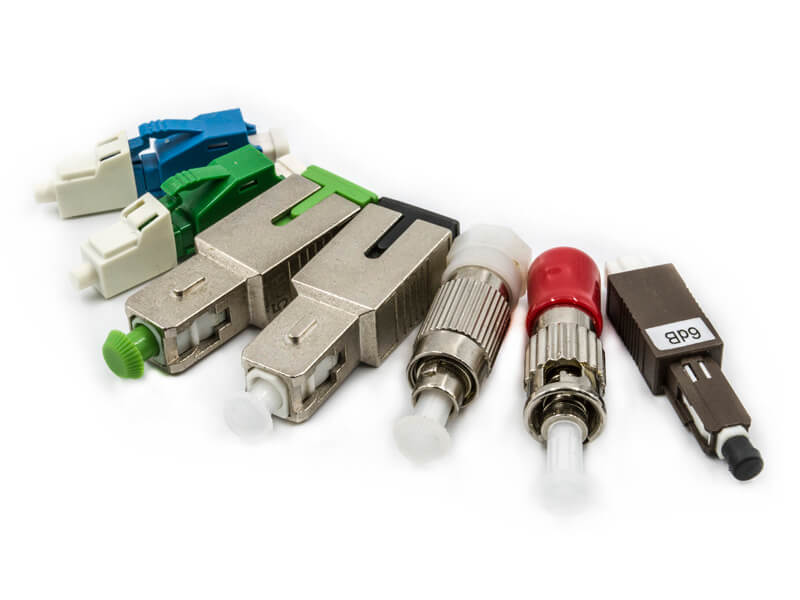The process of attenuation represents the transfer of different types of energy like electricity, information, radiofrequency, and more that are lowered through the element between the two connected devices. While this process can be an issue with wireless systems and radio connections, it has an excellent purpose applied in electronic devices.
When it comes to the technical explanation of this device, the attenuator is a special form of the electric circuit with two ports that are made with resistors. Their main purpose is to divide the voltage power. Moreover, there is a division related to the balance of this device, which can be coaxial, or unbalanced, and balanced, which is called a twisted pair attenuator.
The main purpose of an attenuator is to reduce the power transmitted into some electrical device, which is a great way to prevent issues with a short circuit. The two most common types of attenuators are fixed and variable. If you need a variable one, check out Custom Microwave. In this article, we are going to introduce you to the main features of fixed and variable attenuators, and explain more about the differences between them.
Fixed Attenuator – Main Features
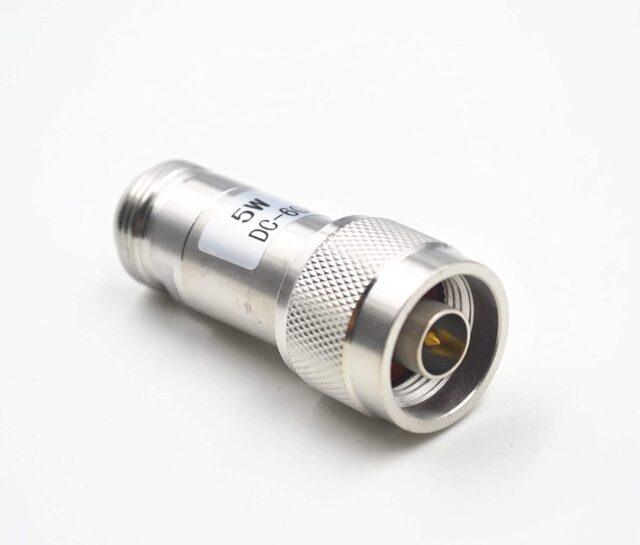
The main feature of this model is that you can set the volume of electricity and control its transmission with this device. Also, you can apply this model in the measurement of various frequencies and signals since it can lower the transferred information and present accurate data. When it comes to microwave signals, it can reduce the power and redirect the waves. Moreover, it will protect the machine used for measuring the frequencies from being damaged under higher voltage.
There are different models as well, related to the range of frequencies that they can support. The k-Band supports the range between 18 and 26.5 GHz, Ka-Band 26.5 to 40 GHz, Q-Band from 33 to 50, U-Band up to 60, V-Band to 70, e-Band to 90, W-Band to 110, F to 140, D-Band to 170, G-Band from 140 to 220, H to 260, and J-Band with the range of 220 to 325 GHz.
Variable Attenuator
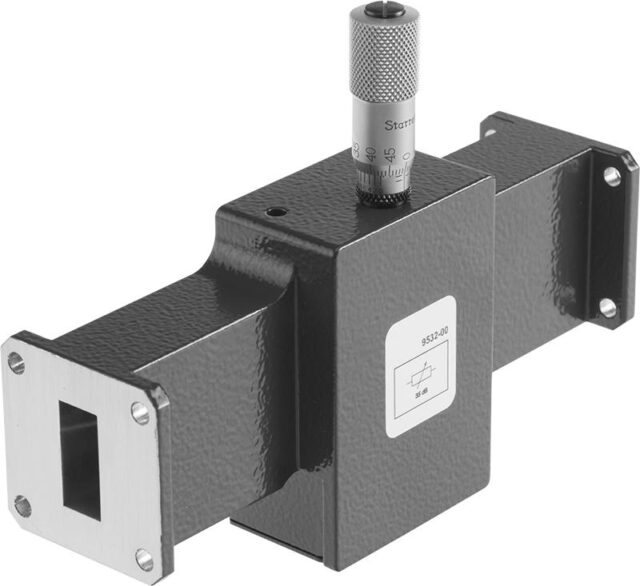
While it has many similar features, the limitation of signals is flexible, and there is no need to apply particular settings. The perfect application of this device is for those signals that are not constant, but more variable. Therefore, you can set the required range of frequencies, and this model will cover them.
You can control the process both manually or with software. Also, they have much higher resistance when compared to fixed ones, and the maximum is up to 90 decibels, while fixed ones have a limit to around 30 decibels. Also, you can find a wide selection of models related to the frequencies that they can cover, from those with a minimum of 18 GHz to models that can cover frequencies up to 325 GHz.
The main use of the variable model is for processes where accuracy is not the most important factor, and where analog electricity is active. However, it is essential to determine the range of frequency to apply the right model.
What is the Difference?
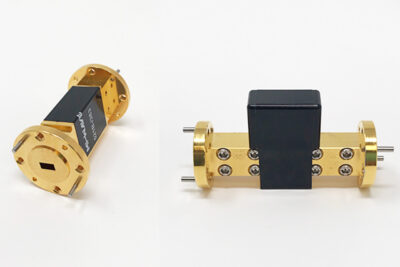
As you can see, the main feature of a fixed attenuator is that you can determine the output and limitation that will remain the same all the time. On the other side, the variable model is used for those options where the electricity is not permanent.
You can determine which one of them you need by checking the requirements related to the limitations of frequencies and decibel limits. For example, a particular model of variable attenuator can cover up to 20 decibels, while a fixed one is more precise, and you can determine the right volume, like 5 decibels, 15 decibels, and more.
Other Types
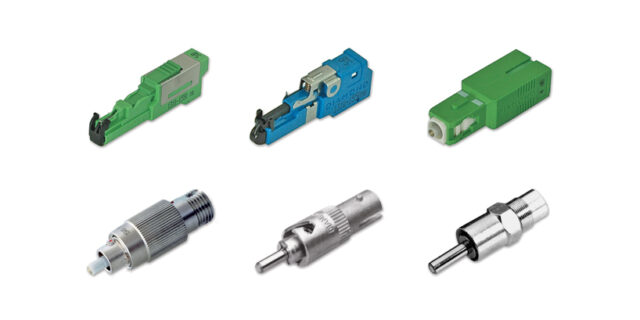
Besides the two most common models, you can also apply programmable options, DC Bias, DC blocking model, and optical one. When it comes to optical models, it has the same purpose as standard ones, but it will limit the data transferred through light frequencies. For example, we can apply it to optical cables used to transfer high-speed internet.
The DC blocking type will limit and close the signal inside of the device. The DC Bias will let the DC signals in and out. When it comes to a programmable option, the great feature is that you can use software to control the system and edit different volumes of limitations.
Use in Telecommunications

The great feature of this technology is that it can help in the transmission of TV and radio signals. Also, we already mentioned the use of optical cables as well. Moreover, it is used in wireless networks as well, and it can support a higher quality of Wi-Fi signal, improved digital transmission of information through cables, and much more.
The most common use of this system can be seen in the equipment for radio and TV stations, testing of different devices, or even in more advanced processes since it can reduce the power to very low points. Also, they are very important for modern internet connection since they provide the system with stability and higher speed.
Furthermore, it can help the manufacturers to improve the safety of their appliances since the integration of attenuators will prevent the risks of short circuits. Also, machines with integrated limiters cannot have any issues with stability and power output.
The Bottom Line
As you can see, the main purpose of fixed attenuators is to increase the safety of devices and create an accurate input and output of power. The variable ones are using in systems that are not constant. That is the main difference between them. On the other hand, there are many other types and uses of attenuators, mostly in telecommunications and devices used for testing the frequencies and voltage.
The most important thing to know is to determine which one of these models you need, and you can check that by determining the range of frequencies that you will need to cover with this system.

